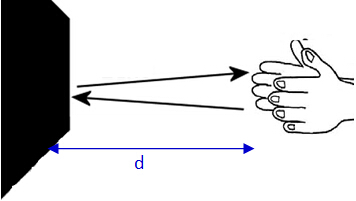

The following breakdowns have been generally accepted to classify speeds:Ī "critical Mach number" is the speed of an aircraft (below Mach 1) when the air flowing over some area of the airfoil has reached the speed of sound. When an aircraft reaches Mach 1, it is said to "break the sound barrier." In other words, Mach 2 at sea level is a greater number of miles per hour (or kilometers per hour) than Mach 2 at 30,000 feet, which is a greater number of miles per hour than Mach 2 at 40,000 feet. Because the speed of sound varies, a particular speed at sea level expressed as a Mach number would be faster than the same speed at 30,000 feet (9,144 meters), which would be faster than the same speed at 40,000 feet (12,192 meters). A speed of Mach 2 is twice the speed of sound. If an aircraft is traveling at one half the speed of sound, it is said to be traveling at Mach 0.5. At 20,000 feet (6,096 meters), the speed of sound is 660 miles per hour (1,062 kilometers per hour). In dry air at 20 C, the speed of sound is. At sea level, the speed of sound is about 761 miles per hour (1,225 kilometers per hour). The speed of sound is the distance traveled per unit time by a sound wave propagating through an elastic medium. 8 Speed of sound 1.705 Miles per second, 500 Speed of sound 106.57 Miles per second, 500000 Speed of sound 106565.16 Miles per second 9 Speed of sound. The actual speed of sound varies depending on the altitude above sea level because sound travels at slightly different speeds at different temperatures, and the temperature varies according to altitude. It is used to indicate flight velocities in high-speed flight and is related to the speed of sound. The Mach number (M) refers to the method of measuring airspeed that was developed by the Austrian physicist Ernst Mach.


 0 kommentar(er)
0 kommentar(er)
